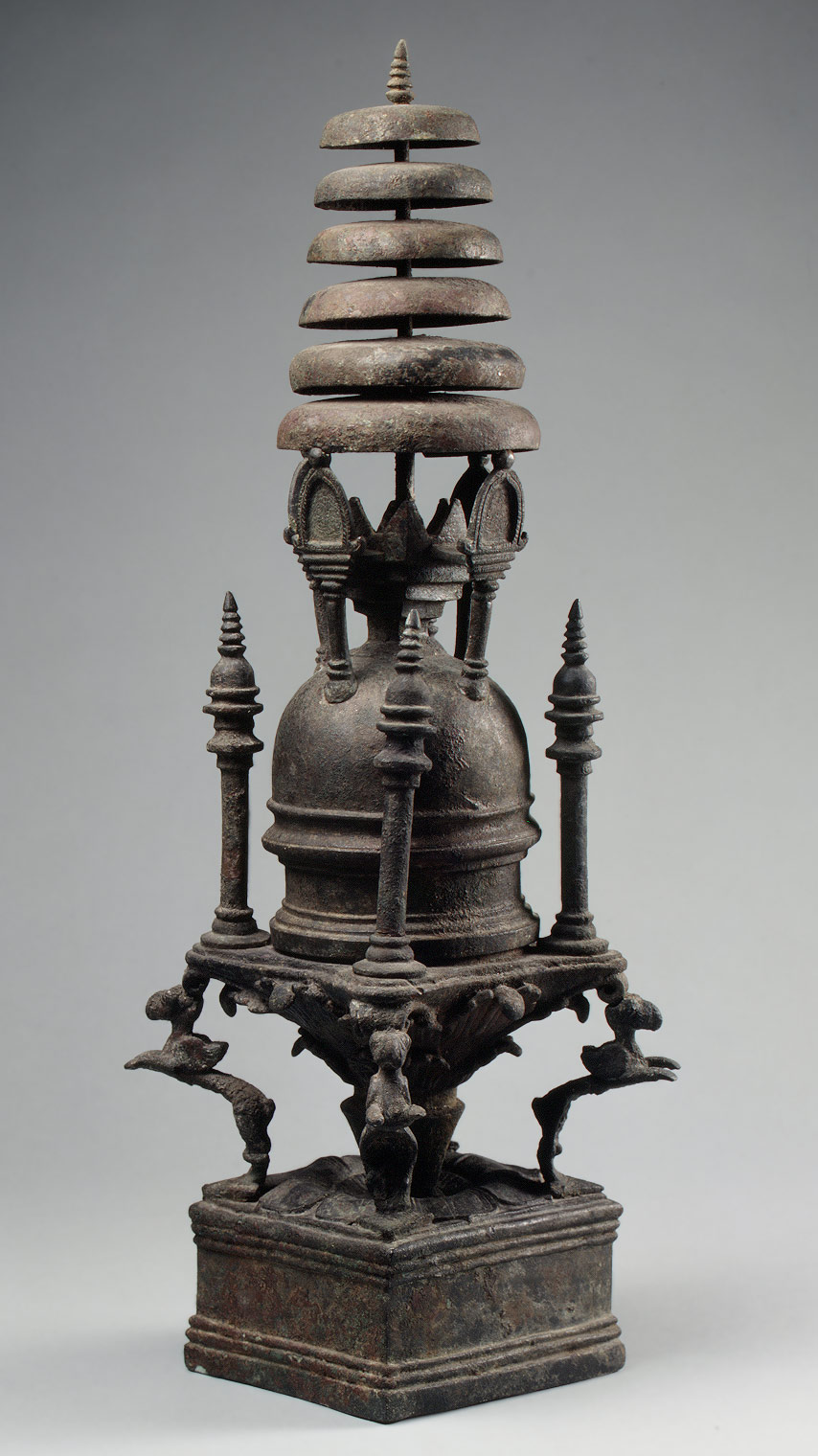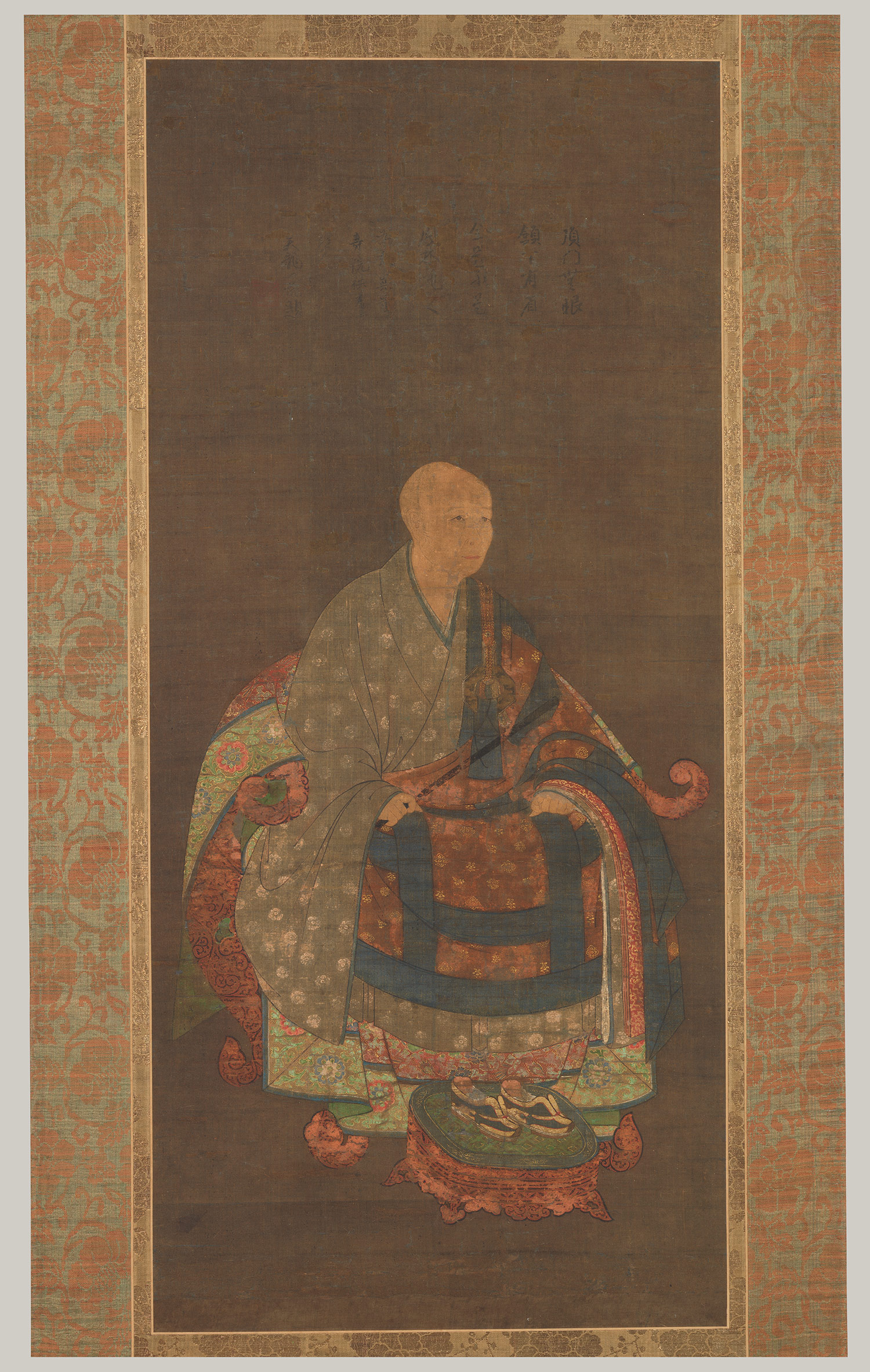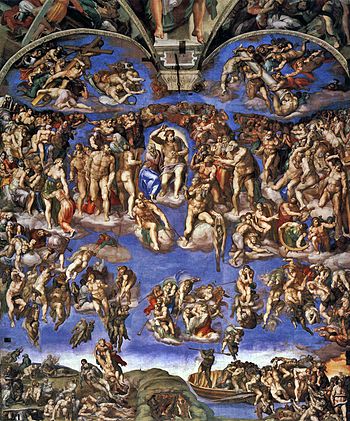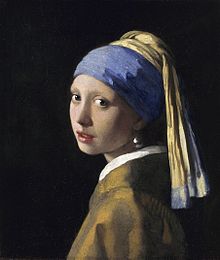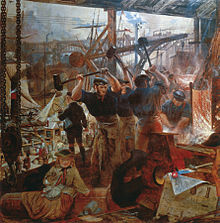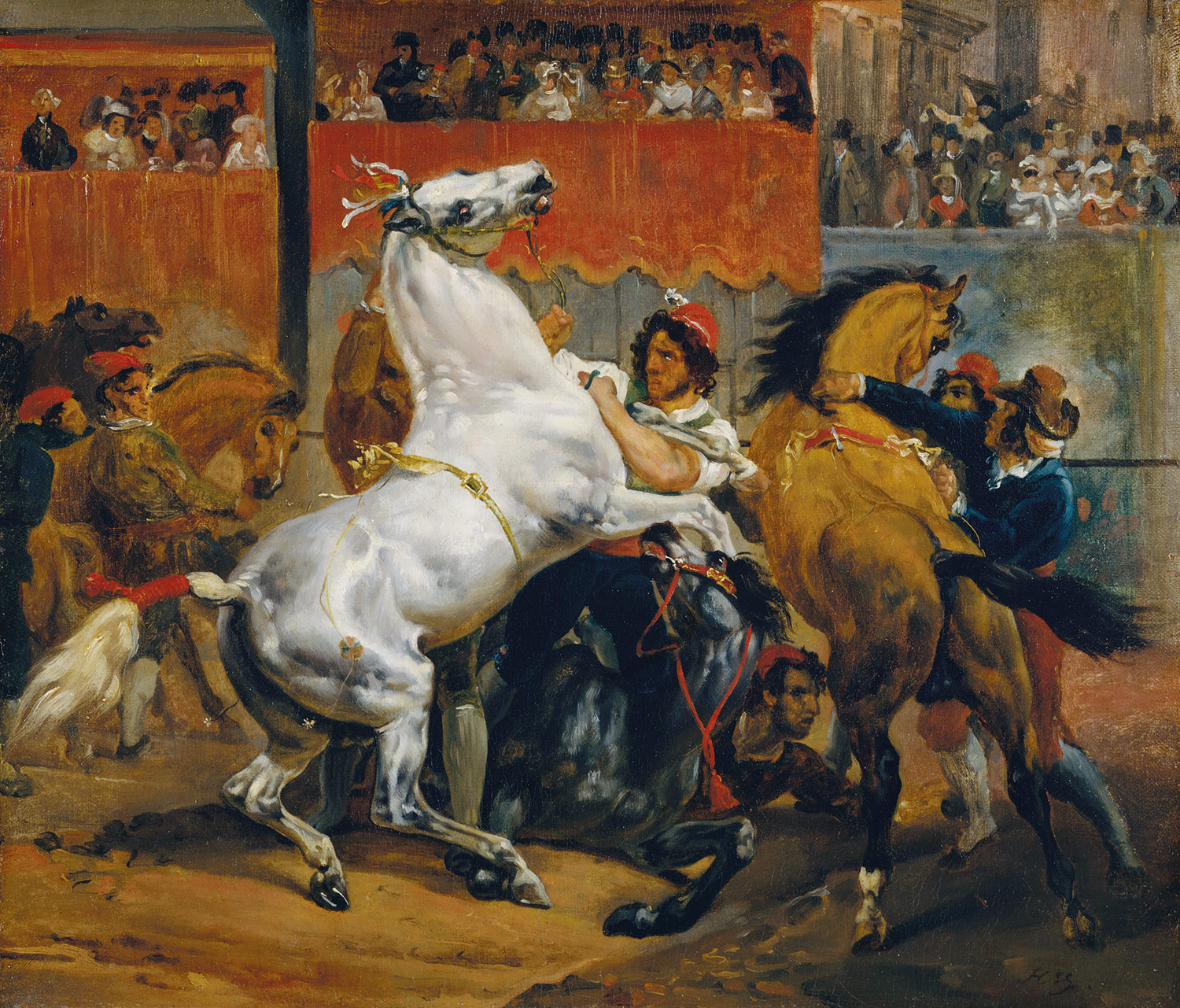TASK - Research Neolithic cave paintings and it's visual communication
The exact purpose of cave paintings are not know but some theories suggest that they could have been used for communication purposes, as well as telling stories visually. Some other theories suggest that they might have been painted for ceremonial purposes.
Many of them were discovered in caves in Europe, one of the first were believed to have been in a cave in Cantabria, Spain.

Cave painting of a bison found in Altamira cave, Spain
Common themes in cave paintings are pictures of large land animals or outlines of hands.
The paintings of animals could have been made to document prey or dangerous animals.
Cave drawings and paintings were usually made with black charcoal, yellow powered ocher and powered iron.

'Tree of life' painting found in Borneo
Many of them were discovered in caves in Europe, one of the first were believed to have been in a cave in Cantabria, Spain.

Cave painting of a bison found in Altamira cave, Spain
Common themes in cave paintings are pictures of large land animals or outlines of hands.
The paintings of animals could have been made to document prey or dangerous animals.
Cave drawings and paintings were usually made with black charcoal, yellow powered ocher and powered iron.

'Tree of life' painting found in Borneo
Bibliography:
http://www.hominides.com/html/biographies/abbe-breuil.php
http://www.arara.org/
http://news.bbc.co.uk/1/hi/7509683.stm
http://www.arara.org/
http://news.bbc.co.uk/1/hi/7509683.stm
